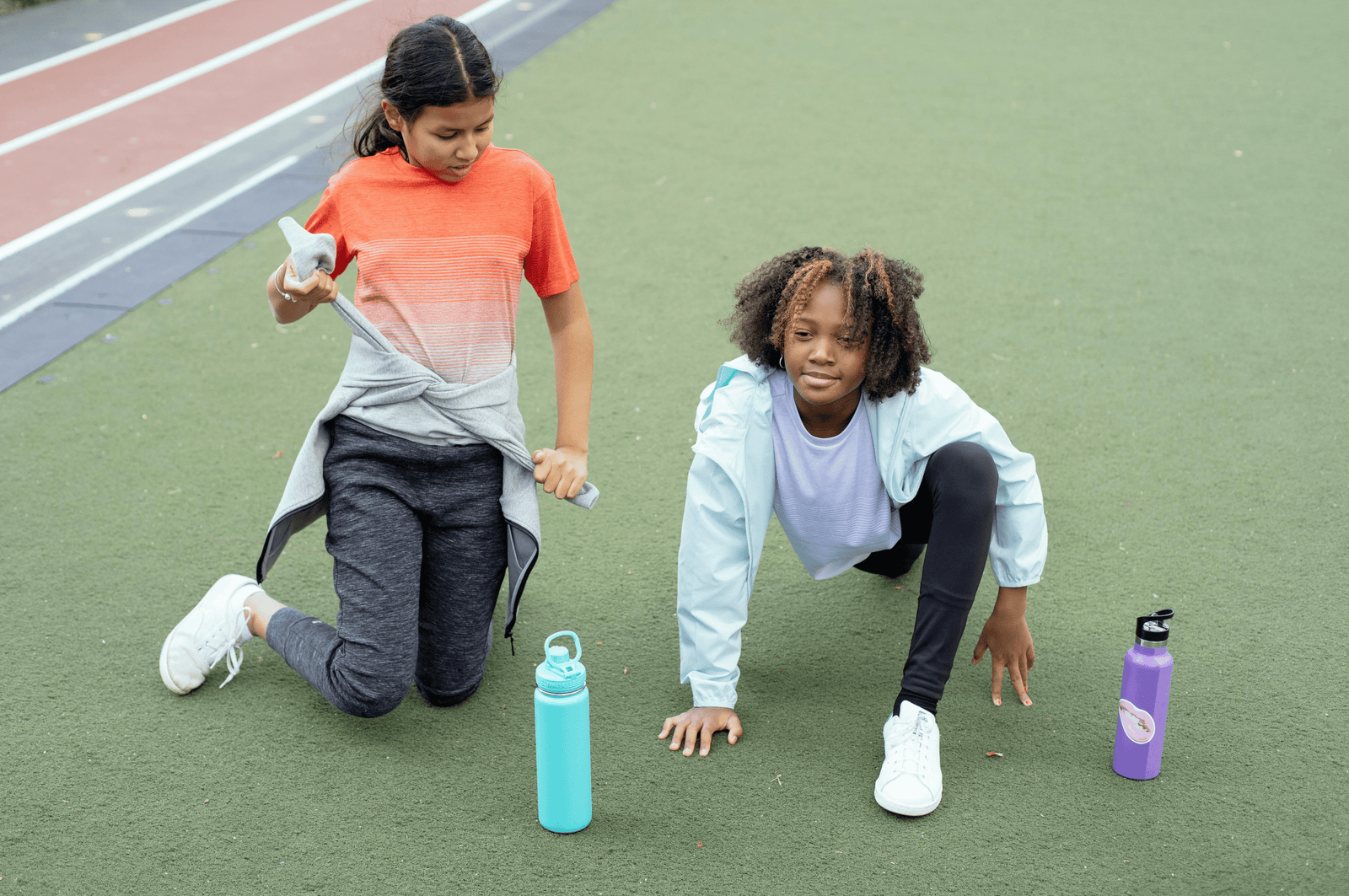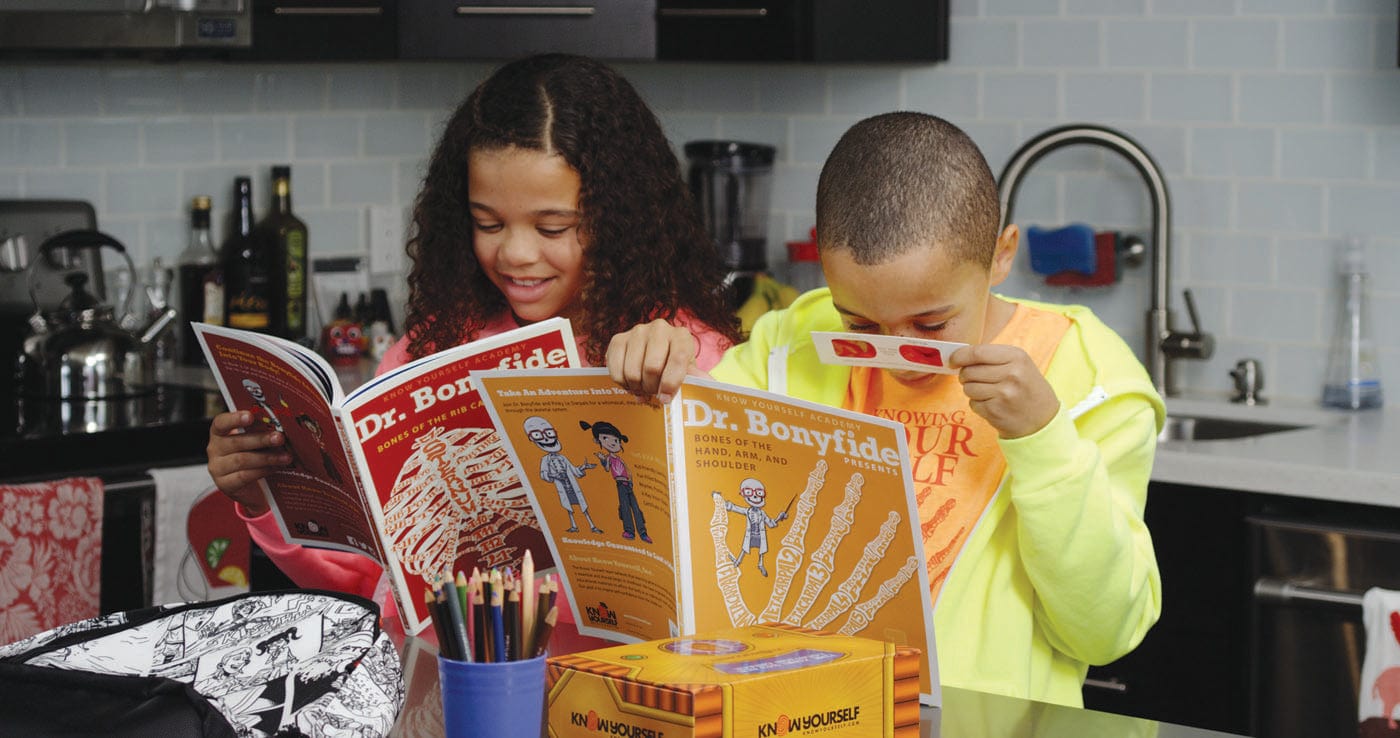
How Do Bladders Work?
Bladders function by storing urine until it’s time to go. You know when you need to go because of your nervous system. When the bladder is full, nerve endings in the bladder wall are triggered. These nerve endings send your brain a message that it is time for you to pee.
Urine gets to the bladder through the ureters. The bladder looks like a triangle when it's empty and an oval when full. Using a balloon, investigate what your bladder might look like while it’s working inside your body.
Materials:
- Two balloons or water balloon
Directions:
- Place a balloon down on a flat surface. Notice the shape of the hollow balloon when empty.
- Blow air into the balloon and inspect how the walls stretch (this is how a bladder works!) If you have a water balloon you can play with adding some water into your model bladder. An adult bladder can hold around 2 cups of urine at a time.
No Stranger to Strainers
The kidneys serve as filters for your blood, removing the things that you don’t need and returning the things you do. This is essential in allowing the body to function - not only do we take in things the body doesn’t use when we eat or drink, but we also produce acids and other waste products that need to get dumped before they build up.
Outside of our body, humans use all sorts of filters - in vacuum cleaners, water systems and engines, for example. We even use them in kitchens - in this experiment, you’ll use a filter to make sure your food is clean enough to eat.
-
Materials
-
Directions
-
Results
- Strainer or Colander
- Unwashed mushrooms, celery, or potatoes (your choice!)
- Sink and Faucet
- Cutting board
- Place the unwashed veggie of your choice in the strainer until it’s full - don’t overfill it! You will need some room for your hands to help rinse the dirt off later.
- Put a stopper in the sink to keep water from flowing out - just for this experiment.
- Plant your strainer below the faucet.
- Now, using running water and your hands, turn the veggie around and upside down within the strainer. Be sure to wash off all the dirt you can see (and can’t see!) from your group of veggies.
- When the veggies are clean, put them aside to dry on a cutting board. Maybe after this activity you can get them ready for meal time!
- Check out the water in the sink. Do you see any dirt particles floating around?
- Open the stopper to allow the dirty water to flow down the drain.
The strainer you used helped you filter the dirt from the vegetables - it only allowed the dirt and water through, while keeping the food safe inside. The dirty water then traveled to the sink where it waited until you were ready to get rid of it, just like how the kidneys send liquid to your bladder, but the foods were kept safe for you to eat afterwards.









Leave a comment (all fields required)